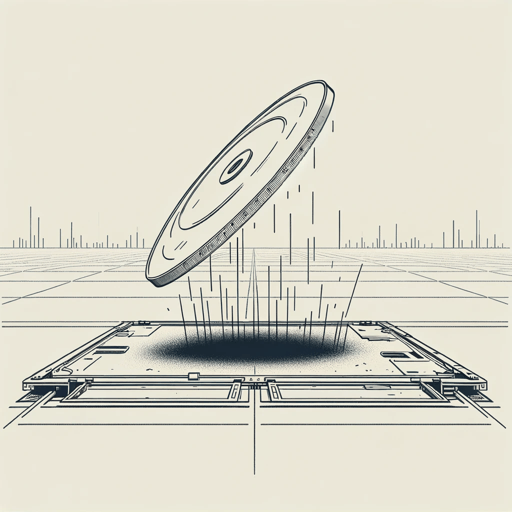68 pages • 2 hours read
Adam HigginbothamMidnight in Chernobyl: The Untold Story of the World’s Greatest Nuclear Disaster
Nonfiction | Book | Adult | Published in 2019A modern alternative to SparkNotes and CliffsNotes, SuperSummary offers high-quality Study Guides with detailed chapter summaries and analysis of major themes, characters, and more.
Chapters 4-5Chapter Summaries & Analyses
Chapter 4 Summary: “Secrets of the Peaceful Atom”
On September 29, 1966, the Soviet Union’s Council of Ministers approves a new generation of water-and-graphite reactors known as RBMK reactors. During development, at least one scientist at the Kurchatov Institute, the Soviet Union’s leading nuclear research institute, warns that the positive void coefficient makes the RBMK too dangerous, but his superiors dismiss these concerns. Under the leadership of Kurchatov Institute head Anatoly Aleksandrov, designers build the RBMK reactors and put them into mass production without bothering with a prototype. In what Higginbotham refers to as “a triumph of Soviet gigantomania” (61), the RBMK is 20 times larger than Western reactors, making it more difficult to regulate, particularly during startup and shutdown periods.
But the most dramatic flaw involves the emergency shutdown mechanism. By pressing the reactor’s AZ-5 button, workers can insert all 211 neutron-absorbing boron carbide rods into the core at once. But to avoid a grid failure, scientists design the mechanism for a gradual shutdown that takes between 18 and 21 seconds, “a long time in neutron physics” (66). Even worse, the RBMK designers choose to coat the tips of the rods in graphite in an effort to “save neutrons” while the rods go through extraction. As a result, reactivity spikes for a brief moment with the rods’ insertion.

